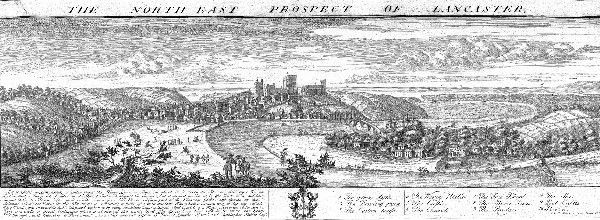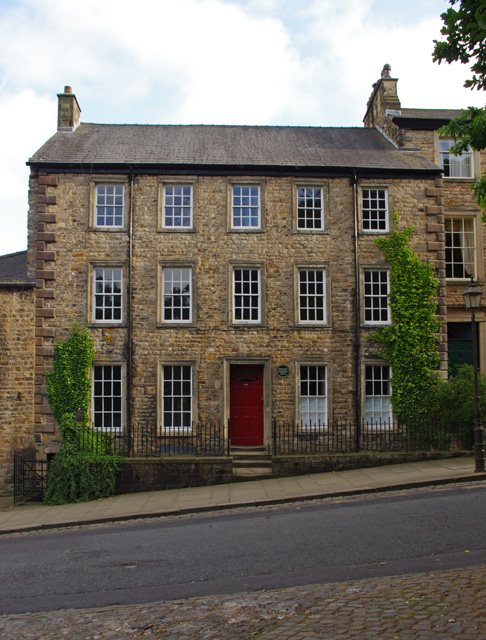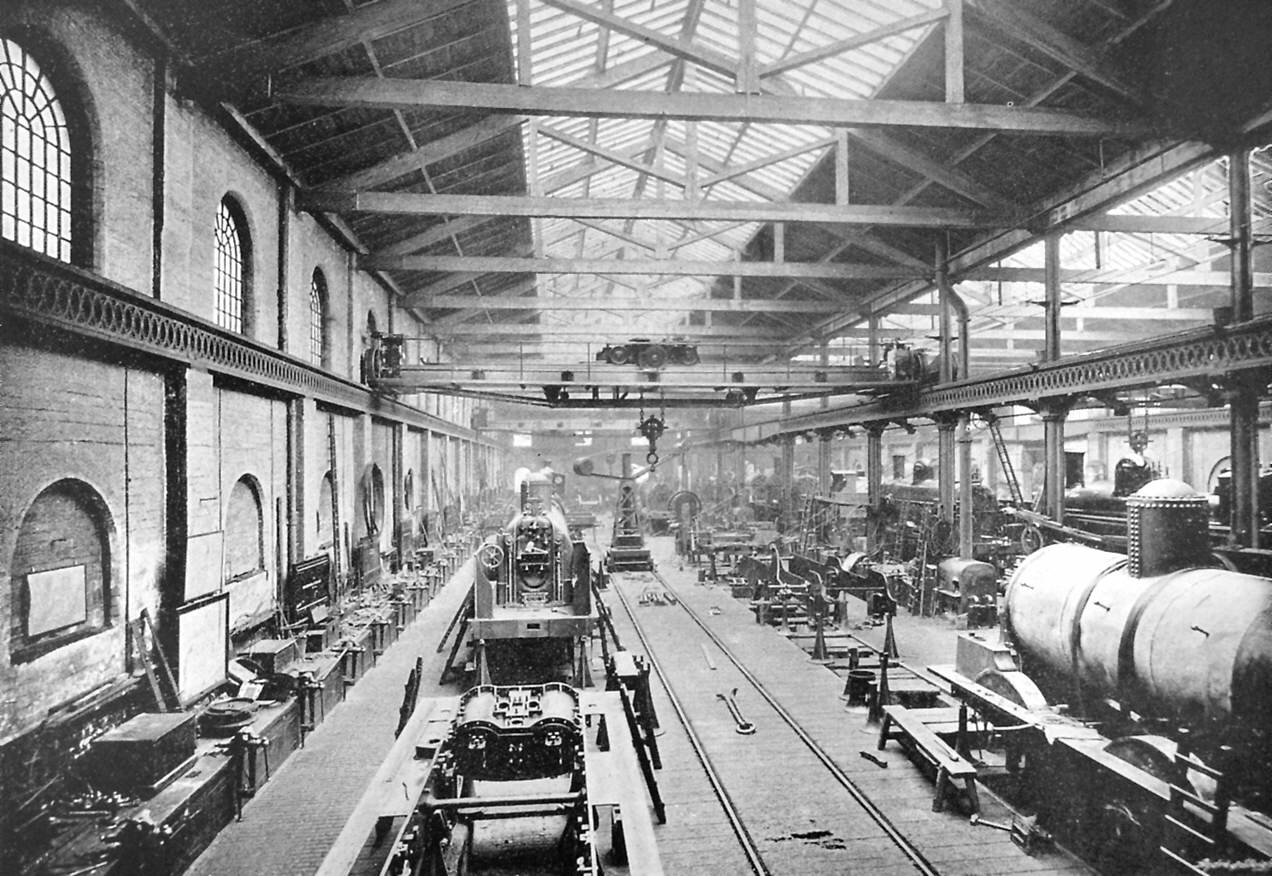|
Howe Bridge
Howe Bridge is a suburb of Atherton, Greater Manchester, Atherton, Greater Manchester, England. Historic counties of England, Historically within Lancashire, it is south west of Atherton town centre on the B5215, the old Turnpike trust, turnpike road from Bolton, Greater Manchester, Bolton to Leigh, Greater Manchester, Leigh. The settlement was built as a Model village, model pit village by the owners of Atherton Collieries. History John Fletcher of Bolton, a member of a family with mining interests, came to Atherton in 1768 to sink two shafts. Ralph Fletcher was part-owner in the Ladyshore Colliery. The pits developed and Fletcher, Burrows and Company's Atherton Collieries was formed in 1870, owning all the coalmines in the town. Howe Bridge Colliery employed 460 men in 1954. In 1908 the Howe Bridge Mines Rescue Station opened on Lovers Lane. It was the first mines rescue station in Lancashire. Transport The Howe Bridge railway station, station at Howe Bridge was originally name ... [...More Info...] [...Related Items...] OR: [Wikipedia] [Google] [Baidu] |
Metropolitan Borough Of Wigan
The Metropolitan Borough of Wigan is a metropolitan borough of Greater Manchester, England. It is named after its largest town, Wigan, but covers a far larger area which includes the towns of Atherton, Greater Manchester, Atherton, Ashton-in-Makerfield, Golborne, Hindley, Greater Manchester, Hindley, Ince-in-Makerfield, Leigh, Greater Manchester, Leigh and Tyldesley. The borough also covers the villages and suburbs of Abram, Greater Manchester, Abram, Aspull, Astley, Greater Manchester, Astley, Bryn, Greater Manchester, Bryn, Hindley Green, Lowton, Mosley Common, Orrell, Greater Manchester, Orrell, Pemberton, Greater Manchester, Pemberton, Shevington, Standish, Greater Manchester, Standish, Winstanley, Greater Manchester, Winstanley and Worsley Mesnes. The borough is also the second-most populous district in Greater Manchester. The borough was formed in 1974, replacing several former local government districts. It is the westernmost part of Greater Manchester and is bordered by ... [...More Info...] [...Related Items...] OR: [Wikipedia] [Google] [Baidu] |
Howe Bridge Colliery
Howe Bridge Colliery was a coal mine which was part of the Fletcher, Burrows and Company's collieries at Howe Bridge in Atherton, Greater Manchester, then in the historic county of Lancashire, England. The Fletchers owned several small pits which eventually became the Howe Bridge Collieries. In 1845 Howe Bridge Collieries owned by John Fletcher sank three deep shafts to the Seven Feet mine, the Victoria pit where coal was wound was sunk to 447 feet, the Puffer for pumping water to 435 feet and the Volunteer, the upcast ventilation shaft. These last three pits were taken over by Manchester Collieries, became part of the National Coal Board in 1947 and closed in 1959. After the pit closed Lancashire United Transport built a garage and bus repair works on the site. See also *Glossary of coal mining terminology *List of mining disasters in Lancashire This is a list of mining accidents in the historic counties of England, historic county of Lancashire at which five or mor ... [...More Info...] [...Related Items...] OR: [Wikipedia] [Google] [Baidu] |
Geography Of The Metropolitan Borough Of Wigan
Geography (from Ancient Greek ; combining 'Earth' and 'write', literally 'Earth writing') is the study of the lands, features, inhabitants, and phenomena of Earth. Geography is an all-encompassing discipline that seeks an understanding of Earth and its human and natural complexities—not merely where objects are, but also how they have changed and come to be. While geography is specific to Earth, many concepts can be applied more broadly to other celestial bodies in the field of planetary science. Geography has been called "a bridge between natural science and social science disciplines." Origins of many of the concepts in geography can be traced to Greek Eratosthenes of Cyrene, who may have coined the term "geographia" (). The first recorded use of the word γεωγραφία was as the title of a book by Greek scholar Claudius Ptolemy (100 – 170 AD). This work created the so-called "Ptolemaic tradition" of geography, which included "Ptolemaic cartographic theory." ... [...More Info...] [...Related Items...] OR: [Wikipedia] [Google] [Baidu] |
Conservation Area
Protected areas or conservation areas are locations which receive protection because of their recognized natural or cultural values. Protected areas are those areas in which human presence or the exploitation of natural resources (e.g. firewood, non-timber forest products, water, ...) is limited. The term "protected area" also includes marine protected areas and transboundary protected areas across multiple borders. As of 2016, there are over 161,000 protected areas representing about 17 percent of the world's land surface area (excluding Antarctica). For waters under national jurisdiction beyond inland waters, there are 14,688 Marine Protected Areas (MPAs), covering approximately 10.2% of coastal and marine areas and 4.12% of global ocean areas. In contrast, only 0.25% of the world's oceans beyond national jurisdiction are covered by MPAs. In recent years, the 30 by 30 initiative has targeted to protect 30% of ocean territory and 30% of land territory worldwide by 2030; t ... [...More Info...] [...Related Items...] OR: [Wikipedia] [Google] [Baidu] |
Lancaster, Lancashire
Lancaster (, ) is a city in Lancashire, England, and the main cultural hub, economic and commercial centre of City of Lancaster district. The city is on the River Lune, directly inland from Morecambe Bay. Lancaster is the county town, although Lancashire County Council has been based at County Hall, Preston, County Hall in Preston, Lancashire, Preston since its formation in 1889. The city's long history is marked by Lancaster Roman Fort, Lancaster Castle, Lancaster Priory, Lancaster Priory Church, Lancaster Cathedral and the Ashton Memorial. It is the seat of Lancaster University and has a campus of the University of Cumbria. It had a population of 52,234 in the 2011 census, compared to the district, which had a population of 138,375. The House of Lancaster was a branch of the List of English monarchs, English royal family. The Duchy of Lancaster still holds large estates on behalf of Charles III, who is the Duke of Lancaster. The Port of Lancaster and the 18th-century Lancas ... [...More Info...] [...Related Items...] OR: [Wikipedia] [Google] [Baidu] |
Sharpe, Paley And Austin
Sharpe, Paley and Austin are the surnames of architects who practised in Lancaster, Lancashire, England, between 1835 and 1946, working either alone or in partnership. The full names of the principals in their practice, which went under various names during its life, are Edmund Sharpe (1809–77); Edward Graham Paley (1823–95), who practised as E. G. Paley; Hubert James Austin (1841–1915); Henry Anderson Paley (1859–1946), son of Edward, usually known as Harry Paley; and, for a very brief period, Geoffrey Langshaw Austin (1884–1971), son of Hubert. The firm's commissions were mainly for buildings in Lancashire and what is now Cumbria, but also in Yorkshire, Cheshire, the West Midlands, North Wales, and Hertfordshire. The practice specialised in work on churches; the design of new churches, restoring older churches, and making additions or alterations. They also designed country houses, and made alterations to existing houses. Almost all their churches ... [...More Info...] [...Related Items...] OR: [Wikipedia] [Google] [Baidu] |
St Michael And All Angels' Church, Howe Bridge
St Michael and All Angels' Church is in Leigh Road, Howe Bridge, a suburb of Atherton, Greater Manchester, England. It is an active Anglican parish church in the deanery of Leigh, the archdeaconry of Salford and the diocese of Manchester. Its benefice is united with those of three local churches, St John the Baptist, St George and St Philip, forming a team ministry entitled the United Benefice of Atherton and Hindsford with Howe Bridge. The church is recorded in the National Heritage List for England as a designated Grade II* listed building. History The church was built between 1875 and 1877 to a design by the Lancaster architects Paley and Austin for Fletcher, Burrows and Company, the owners of three collieries in Atherton. It cost £7,000 (), and was paid for by Ralph Fletcher. The church was consecrated on 7 February 1877, and became a separate parish in its own right in August 1878. In 1928 the church was reseated at a cost of £1,056 by Austin an ... [...More Info...] [...Related Items...] OR: [Wikipedia] [Google] [Baidu] |
Lancashire United Transport
Lancashire United Transport (LUT) was a tram, bus and trolleybus operator based at Howe Bridge in Atherton, 10 miles north west of Manchester. It was the largest independent bus operator in the United Kingdom until its acquisition by the Greater Manchester Passenger Transport Executive in 1976. History The company was founded in 1905 as Lancashire United Tramways Ltd to assume operation of the South Lancashire Tramways tram system, which had run into financial difficulties. Ogden 2006, p.13 The tram system was centred on the towns of Leigh and Atherton in South Lancashire, with lines running towards St Helens, Wigan, Bolton and Salford. Trams continued to run under the "''South Lancashire Tramways''" fleetname, but after World War I LUT took the opportunity to operate motorbus services using the "''Lancashire United''" fleetname. By 1926, the bus fleet had reached the total of 100 operating over 21 routes. Ogden 2006, p.34 The company changed its name in the same year to La ... [...More Info...] [...Related Items...] OR: [Wikipedia] [Google] [Baidu] |
Tram
A tram (also known as a streetcar or trolley in Canada and the United States) is an urban rail transit in which Rolling stock, vehicles, whether individual railcars or multiple-unit trains, run on tramway tracks on urban public streets; some include segments on segregated Right-of-way (property access), right-of-way. The tramlines or tram networks operated as public transport are called tramways or simply trams/streetcars. Because of their close similarities, trams are commonly included in the wider term ''light rail'', which also includes systems separated from other traffic. Tram vehicles are usually lighter and shorter than Main line (railway), main line and rapid transit trains. Most trams use electrical power, usually fed by a Pantograph (transport), pantograph sliding on an overhead line; older systems may use a trolley pole or a bow collector. In some cases, a contact shoe on a third rail is used. If necessary, they may have dual power systems—electricity in city stre ... [...More Info...] [...Related Items...] OR: [Wikipedia] [Google] [Baidu] |
South Lancashire Tramways
South Lancashire Tramways was a system of electric tramways in south Lancashire authorised by the ( 63 & 64 Vict. c. ccxliii). The ''South Lancashire Tramways Company'' was authorised by the act to build over of track to serve the towns between St Helens (now in Merseyside), Swinton, Westhoughton and Hulton Lane where the Bolton Corporation system ended. The system was the largest standard-gauge electric tramway outside London. The company had difficulty raising capital and at the end of November 1900 its shares were acquired by the ''South Lancashire Electric Traction and Power Company''. It also acquired the shares of the ''Lancashire Light Railways Company'' and the ''South Lancashire Electric Supply Company''. Construction began in late 1901 and in October 1902 the first section from Lowton through Leigh and Atherton to Four Lane Ends at Over Hulton opened. Atherton became the centre of the system and the tram sheds, power station and offices were built on t ... [...More Info...] [...Related Items...] OR: [Wikipedia] [Google] [Baidu] |
London And North Western Railway
The London and North Western Railway (LNWR, L&NWR) was a British railway company between 1846 and 1922. In the late 19th century, the LNWR was the largest joint stock company in the world. Dubbed the "Premier Line", the LNWR's main line connected four of the largest cities in England; London, Birmingham, Manchester and Liverpool, and, through cooperation with their Scottish partners, the Caledonian Railway also connected Scotland's largest cities of Glasgow and Edinburgh. Today this route is known as the West Coast Main Line. The LNWR's network also extended into Wales and Yorkshire. In 1923, it became a constituent of the London, Midland and Scottish (LMS) railway, and, in 1948, the London Midland Region of British Railways. History The company was formed on 16 July 1846 by the ( 9 & 10 Vict. c. cciv), which authorised the amalgamation of the Grand Junction Railway, London and Birmingham Railway and the Manchester and Birmingham Railway. This move was prompted, in ... [...More Info...] [...Related Items...] OR: [Wikipedia] [Google] [Baidu] |
Manchester To Wigan Line
The Manchester and Wigan Railway was a railway in North West England, opened in 1864 and closed to passengers on 3 May 1969, which was part of the London and North Western Railway before the Grouping of 1923. This route was an alternative to the surviving route through Swinton, Walkden and Atherton (which was part of the Lancashire & Yorkshire Railway before 1923). Route The first part of the route remains between Manchester Victoria and Eccles on part of the original Liverpool and Manchester Railway opened in 1831. After Eccles, the line branched off in a north westerly direction crossing what is now the M602 motorway, calling at stations at Monton Green and Worsley. After Roe Green the line split, with one branch continuing to Bolton; and the Manchester to Wigan line continuing westward to stations at Ellenbrook and Tyldesley. After Tyldesley the line split, the Tyldesley Loopline continued to Kenyon Junction while the Wigan line continued to the north west to Howe ... [...More Info...] [...Related Items...] OR: [Wikipedia] [Google] [Baidu] |






